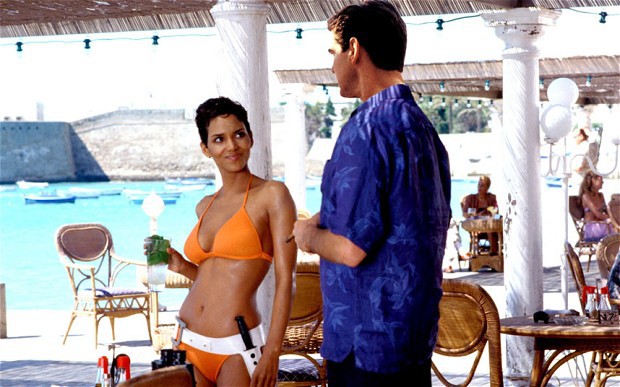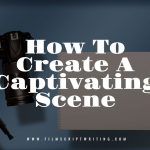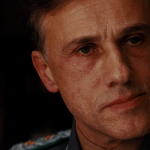How To Format Scene Headings
This section of www.www.filmscriptwriting..com deals with how to format scene headings. Remember from our lesson on basic formatting that headings should always be in CAPS. There are three different types of heading, the first being the master scene heading.
Master Scene Heading
 Usually the master scene heading consists of three parts, although there is occasionally a fourth.
Usually the master scene heading consists of three parts, although there is occasionally a fourth.
1. Camera Location – This one is simple, is the scene taking indoors or outdoors. You denote indoors with INT. and outdoors with ENT. Sometimes a scene will quickly move between outdoors and indoors. In this case you can denote it as INT./ENT.
2. Scene Location – The scene location is the place in which the action is happening. You don’t have to be overly descriptive. Rather than a long description all you need is SMALL PARK, no more. Be short and specific.
3. Time of day – For the most part you just want to use DAY or NIGHT. You don’t need to use more specific terms like EVENING, DAWN or specific time. If you want to denote that a scene is taking place immediately after the last, with no passage of time, then you can use SAME or CONTINUOUS for the time of day heading.
4. Special notations – If the scene takes place in a flashback, dream, or different time period then you can add a fourth part to the master scene heading. You can also use this forth part to note if the scenes aren’t in chronological order to keep the reader orientated.
Scene Changes and Spacing
You must start a new master scene heading if any of the three (or four) parts of the master scene heading change between scenes. Always double space both before and after any scene headings. Try to avoid ending a page on a heading.
Secondary Scene Headings
If you need to move between shots in a scene then you can use a secondary scene heading. These can also be used for locations connected to the original or any special instant that needs highlighting. Much like master scene headings these should also be written in CAPS and kept short and specific. You might start a heading like:
INT. JAKE’S HOUSE – NIGHT
Then want to move to a specific part of the house or denote that time has passed. Then you could just put:
IN THE BEDROOM
or
LATER
You can also use secondary scene headings to focus the shot on a character without using directorial terms.
JAKE
pulls a .45 Magnum out of his jacket pocket.
It’s also perfectly acceptable to lump this together as one line of direction.
Jake pull a .45 Magnum out of his jacket pocket.
Special Headings
Special headings all follow the same basic format, with a few minor differences. They include the MONTAGE, SERIES OF SHOTS, FLASHBACK and (DAY)DREAMS.
If you happen to be a writing a movie about a fat boxer with a training MONTAGE then you could write it like this:
MONTAGE – STOCKY TRAINING FOR BIG FIGHT
— — INT. RICKIE’S TRAINING CAMP – Stocky attempts to execute a sit-up. His trainer helps by holding a cream cake in front of Stocky’s mouth.
— — INT. STOCKY’S HOUSE – Stocky waddles up a flight of stairs and collapses, exhausted.
— — INT. FEMALE ONLY GYM – Stocky struggles to lift a weight. He slips, with the weight falling across his gut.
END MONTAGE
This is also how you would format a SERIES OF SHOTS or QUICK FLASHES. Bear in mind that a MONTAGE is usually accompanied by a song. However you should not suggest a piece of music.
If you would like to add a FLASHBACK, (DAY)DREAM or PERIOD CHANGE then you can add them to the end of the master scene headline like so:
EXT. VIETNAM JUNGLE – DAY – FLASHBACK/DREAM/1969
If you need any more help on how to format scene headings, check these out…
Please CLICK HERE To Check Out The Top 5 Online Scriptwriting Courses



I have a montage with VO dialogue under it.
Do I put the VO before or after the montage shots?
I have it all formatted as the example above but don’t know where to place underlying dialogue.
Thanks.